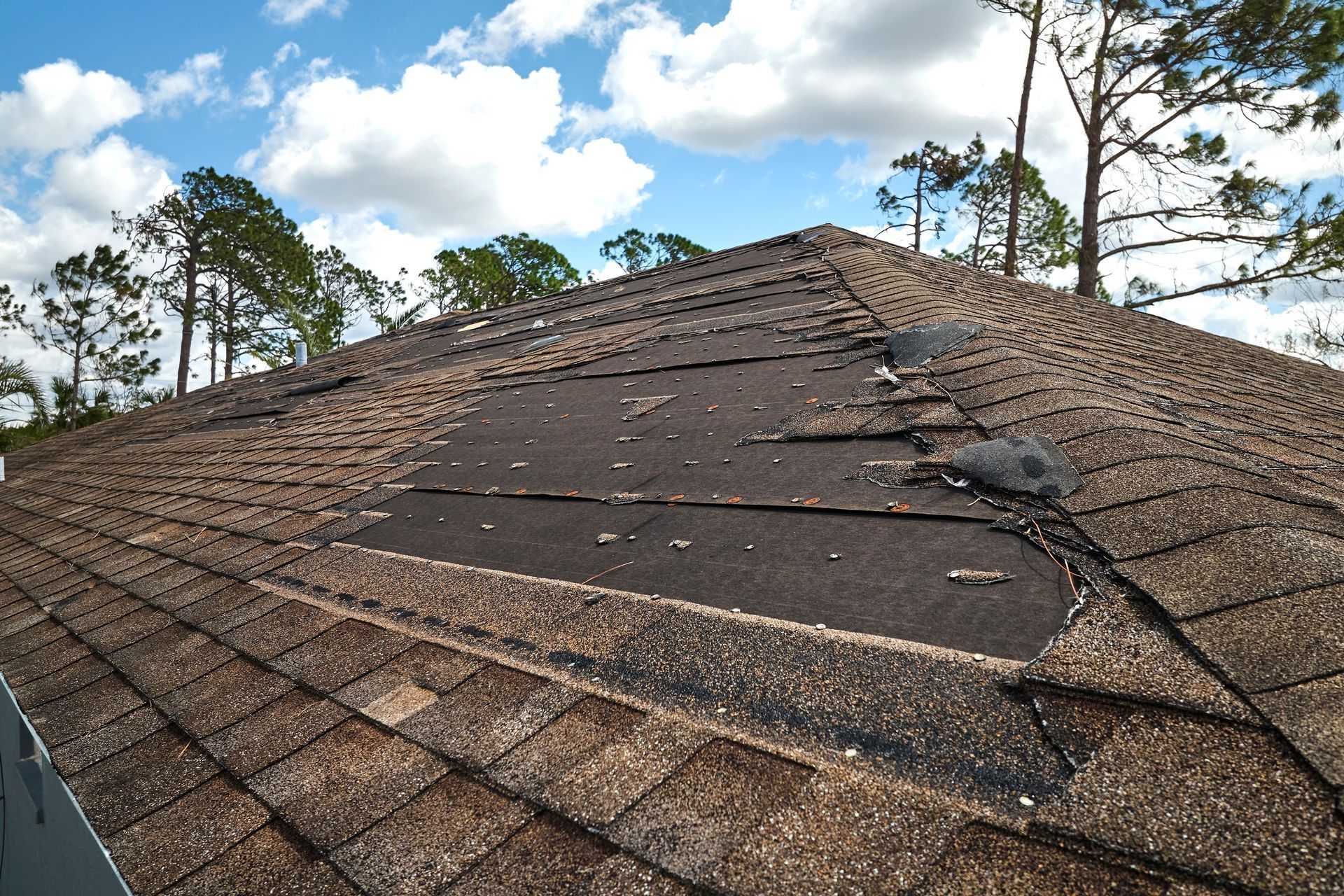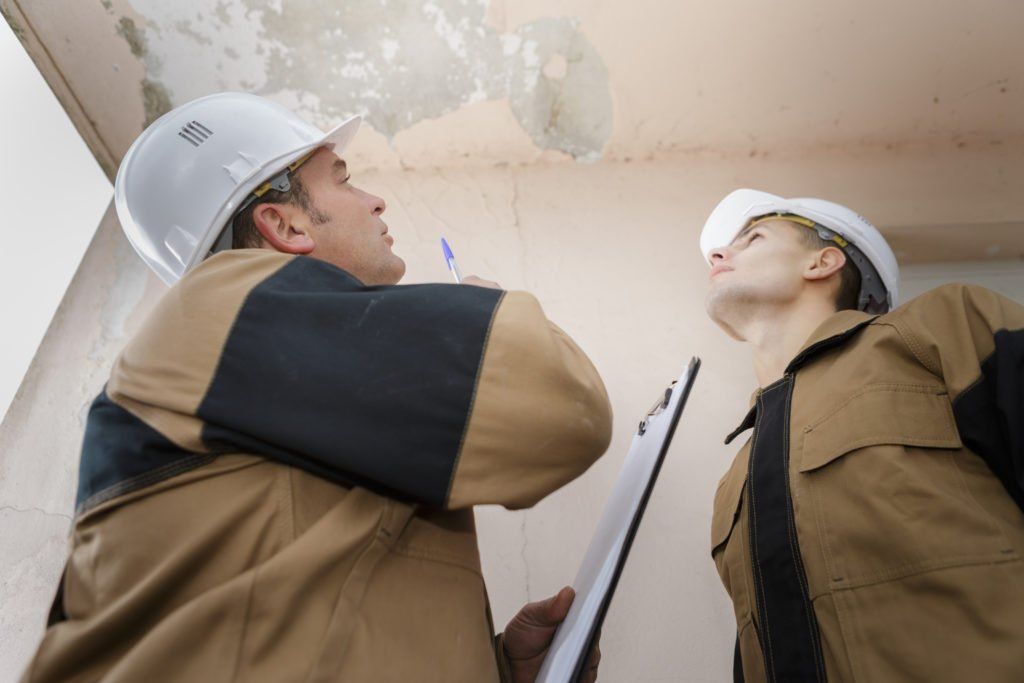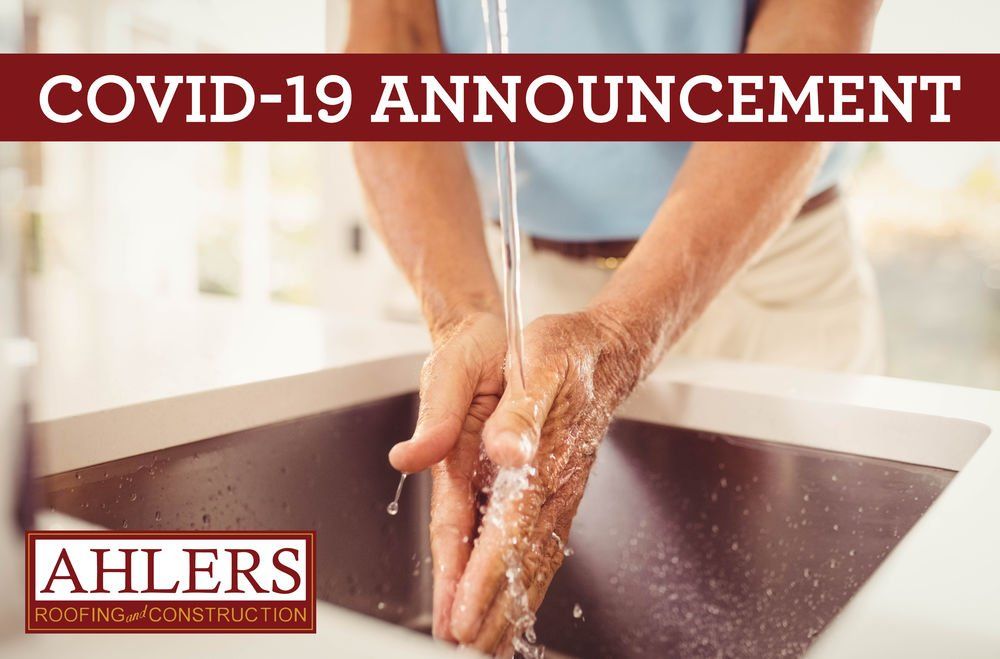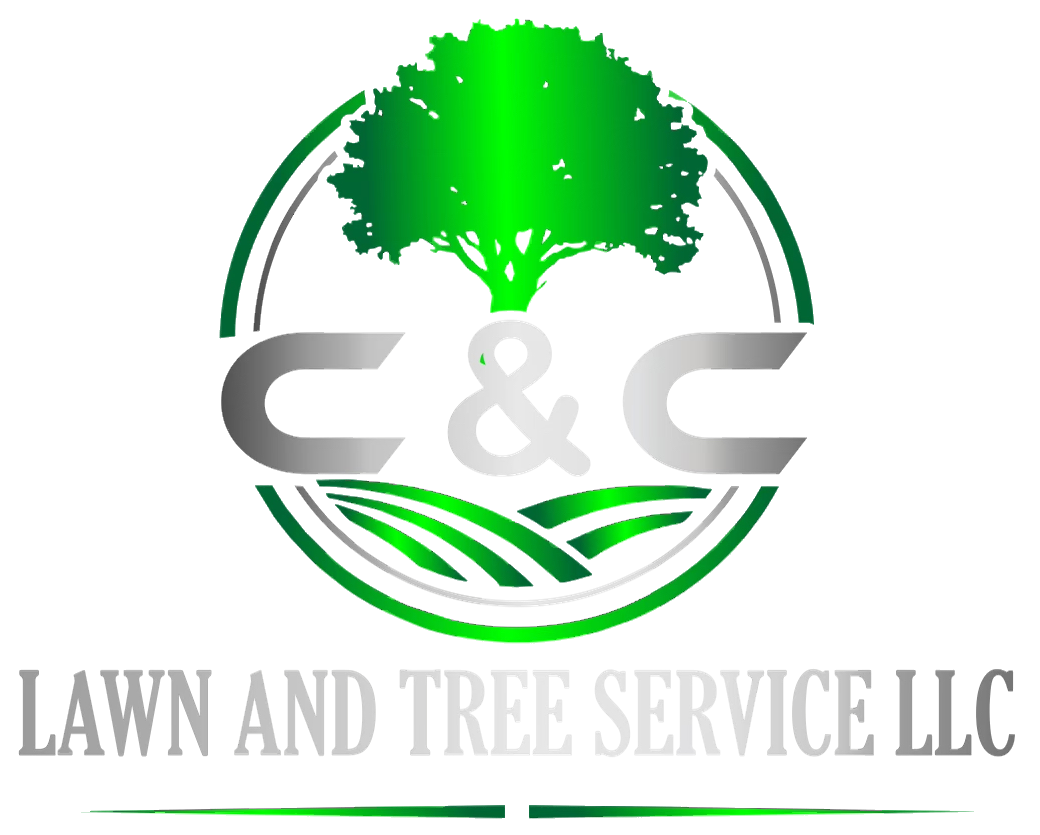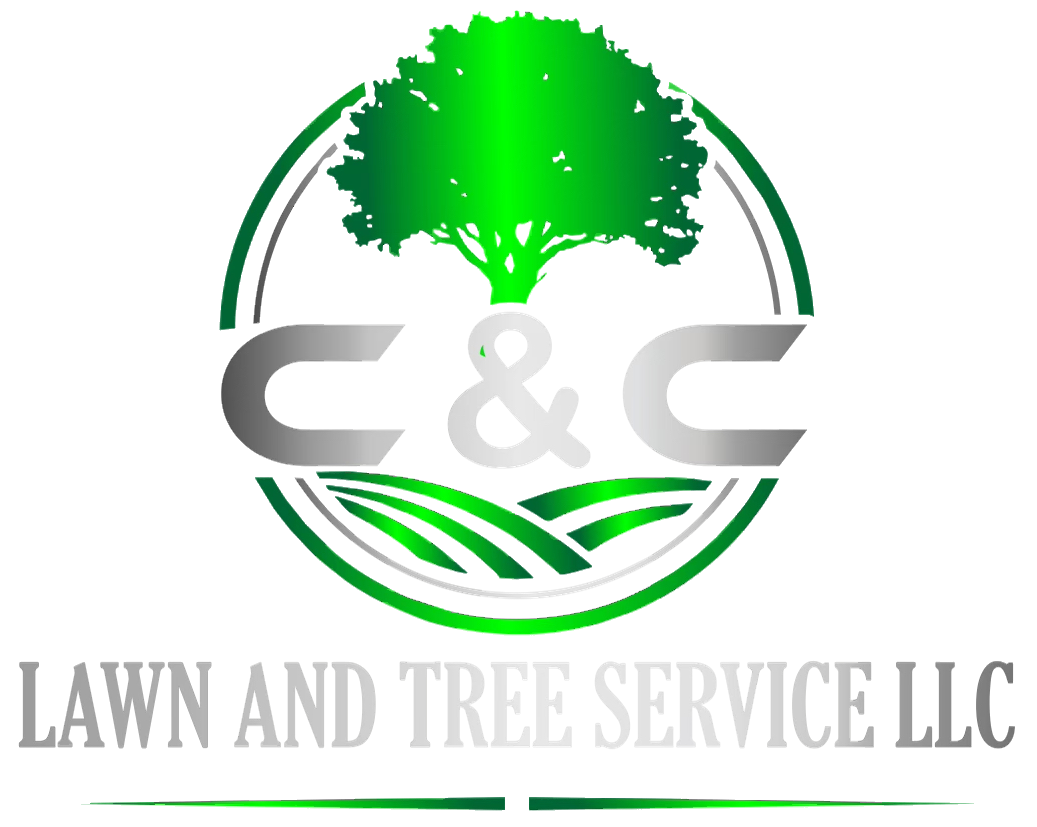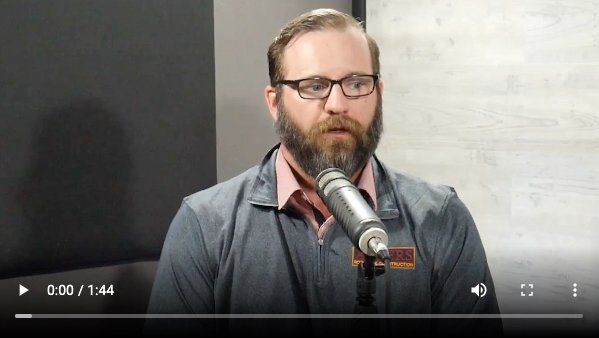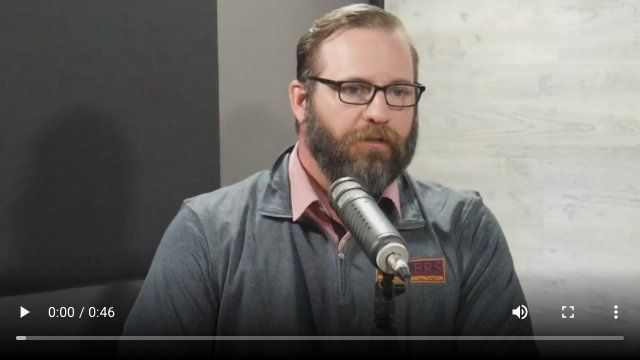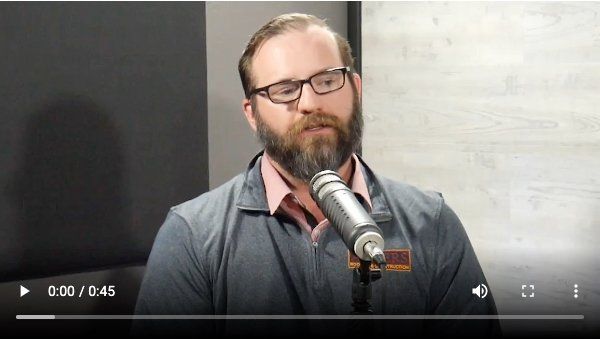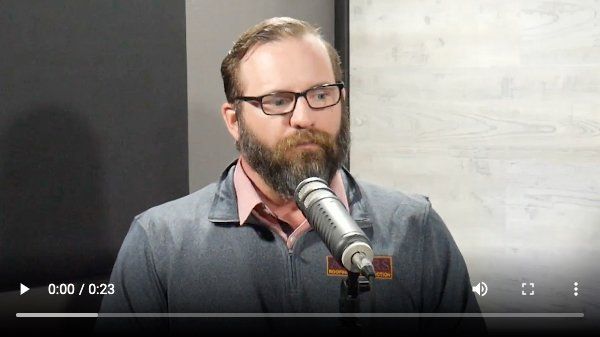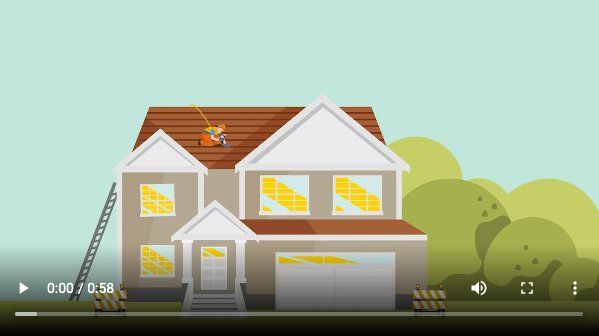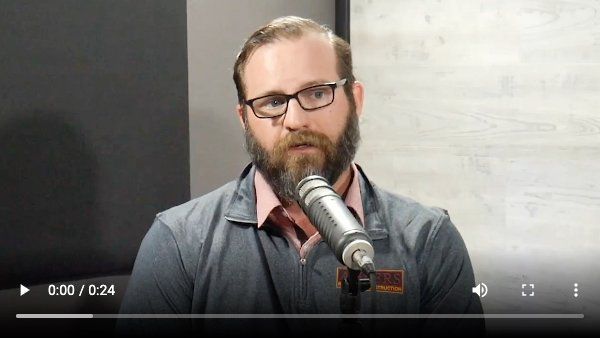Enjoy a Lawn That Thrives in the Summer Heat!

Welcome back to our Summer Heat Series! In this post, we’ll be going through our best practice tips for summer lawn care in North Texas! As a top roofing and construction company in DFW, we see a lot of lawns, both good and bad, and we know that keeping your lawn lush and inviting in the summer can be a daunting task. When executed improperly, your efforts can actually harm your lawn. Here are our best practice tips (and the impact they have) for watering and care through the summer heat!

1. Water in the morning to minimize evaporation and ensure that your lawn is dry again by nightfall. If you are watering in the evening the blades of grass will still be wet when the sun goes down, making your lawn more susceptible to mold and disease if the water isn’t able to fully evaporate. (Check out the tips from our fencing experts in our previous post so that your watering efforts don’t harm your fencing!) Summer landscaping is even more prone to mold damage than your lawn. Keep all watering of flowering plants to the early morning.2
2. Monitor your lawn as you water. If the water is puddling, running off, or pooling, turn off your tap and let the water soak in. Turn it back on and off as many times as necessary to get a complete watering that doesn’t run off. As a North Texas fencing expert, this is incredibly important to us. Pooling water can cause conditions that encourage rot and warping of your wooden fence. This can be caused by a lack of topsoil, overly dry soil, or soil compaction. Because of the high clay content in North Texas soil, compaction is often the culprit. If it continues to be an issue consider working with a trustworthy local landscaper to aerate your lawn and help with drainage.
3. Know your soil conditions and be consistent with your watering schedule. Depending on what type of grass you have you may need to water more or less frequently each week. Over-watering can be just as tragic for your lawn as underwatering. Waterlogged roots aren’t able to absorb nutrients from the soil and, ultimately, suffocate your lawn. Those stretches of scorching days are the exception here, your lawn will require more moisture when the temps soar.
4. Water deeply, we can’t say this enough. The goal is to moisten the soil down 5 or 6 inches. This will encourage healthy, deep root systems that will be more resistant to drought and pests. Short, daily waterings encourage your grass to grow shallow roots. In the long term, this leaves your lawn vulnerable to stress, disease, and infestation. Whether you are watering with a sprinkler system or by hand with a hose, make sure that every watering is thorough. If you don’t have a suitable sprinkler system installed, work with a dependable North Texas contractor to set your lawn up for success.
5. Don’t scalp your lawn! If a lawn is cut too short it actually requires more water because it can’t retain moisture efficiently. Set your blade higher if you mow yourself or find an affordable North Texas landscaper so that you can work with them on a consistent basis and have healthy expectations for your lawn. Keeping your grass a little longer will allow it to stay healthy and established as the base for your summer landscaping.
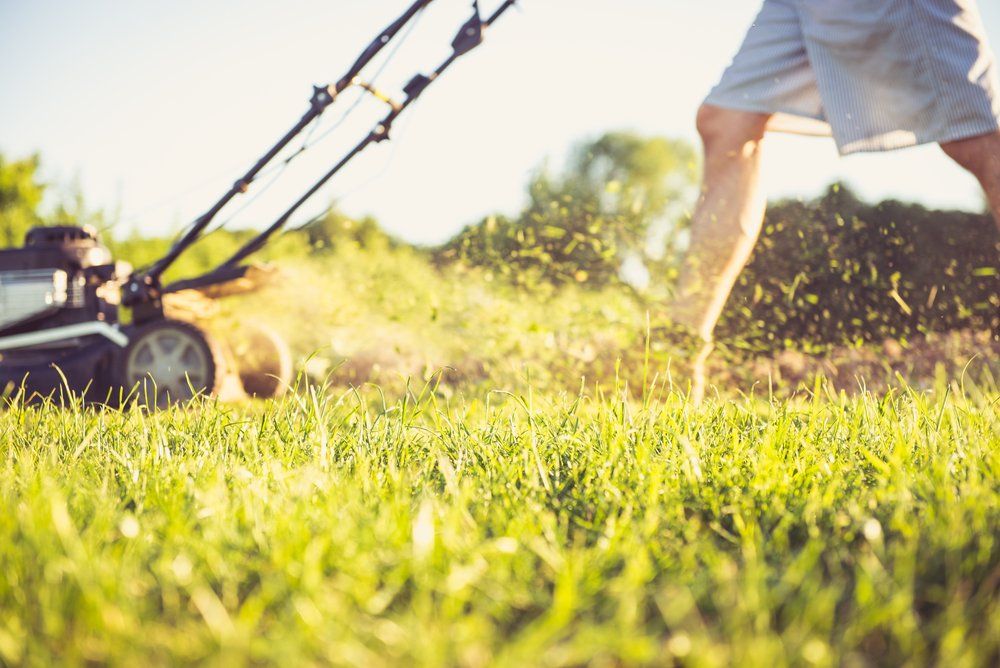
With hosting all your block parties, barbeques, and water balloon fights, your lawn gets the most use in the summer! If you follow our North Texas lawn care summer tips you’re sure to keep it in top shape! Check back in for our next blog post where we’ll be talking about what could be causing drought conditions in your yard and how to protect the foundation of your home. As your local roofing and construction experts, we make caring for your property our top priority! We’ll be running our Summer Heat series to carry your home safely through the season. Until then, enjoy some family time out on the lawn!
Recent Posts
